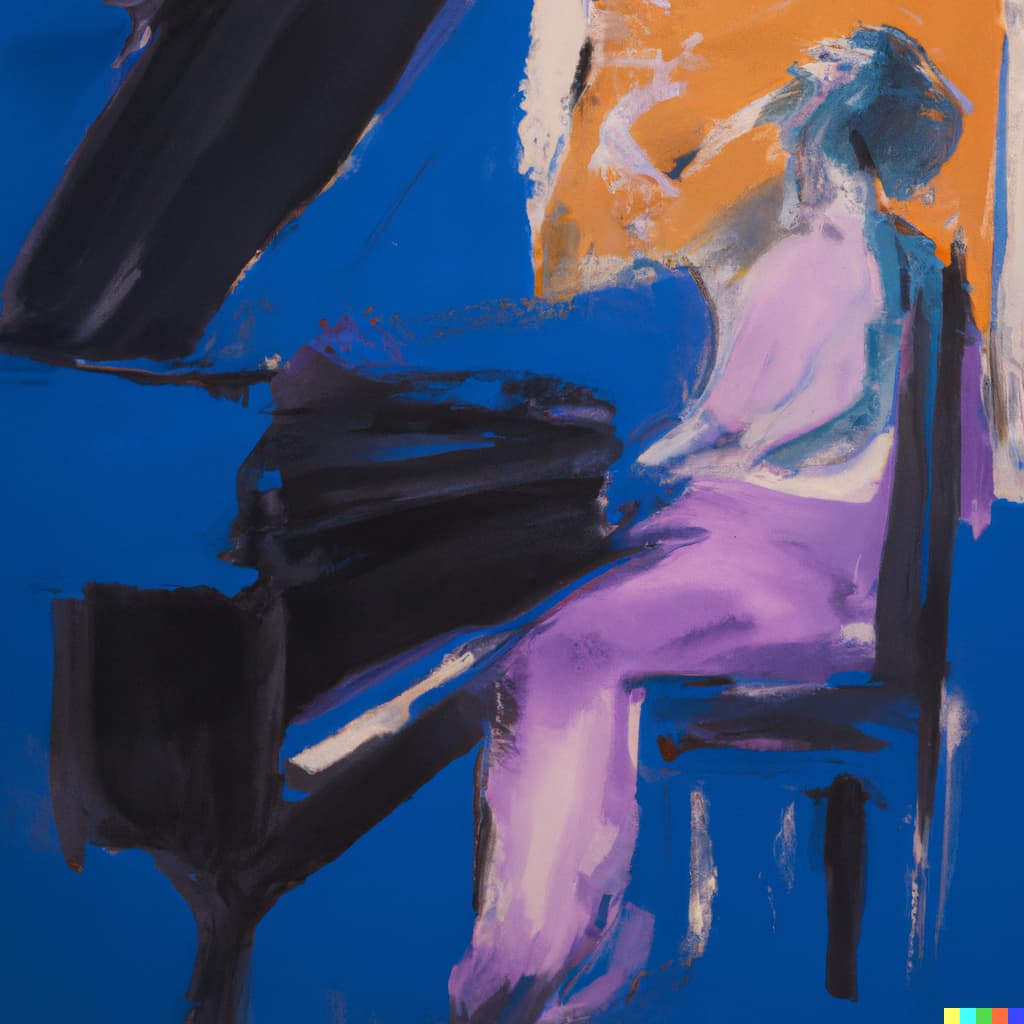It’s still quite unusual these days to attend a concert where the programme begins with a quiet and/or slow piece. Often performers have a favourite “warm up” piece, one with which they feel very comfortable, which is a helpful way to ease into the main programme, warm up the fingers and settle in for the concert. For some performers, a Prelude and Fugue by Bach, or something similar, is a good opener.

© Image created using DALL-E AI platform
I recently attended a concert where the pianist began his programme (which included Beethoven’s heavenly penultimate piano sonata, the Op. 110, and closed with Gershwin’s Rhapsody in Blue) with two very quiet, very slow sonatas by Scarlatti. It helped that the pianist in question can produce the most poetic sound (at any dynamic) on the piano, but there was something about the intimacy and muted sounds of this music that made for a very concentrated listening experience.
Domenico Scarlatti: Keyboard Sonata in A Minor, K. 109/L. 138/P. 290 (Lucas Debargue, piano)
In fact, I think beginning a concert in this way is a stroke of genius as it can create an immediate sense of intimacy and focus. The audience is forced to listen closely and pay attention to the nuances of the music – a very effective way of drawing the audience in and engaging them with the performance, and ensuring their attention for the remainder of the concert. Opening with a quiet piece or pieces can also create a sense of anticipation and expectation: the audience may be more likely to be attentive and engaged if they are waiting for something to happen. This can be particularly powerful in a concert setting where the audience is large or the venue is imposing, as it can help to create a sense of connection and shared experience.
A quiet piece can be a very effective way of setting the tone for the entire concert and can establish a mood and atmosphere that will carry through the entire concert. This can be especially effective if the quiet piece is followed by more up-tempo or energetic pieces and the contrast can be very effective in creating a dynamic and varied performance. Beginning with a quiet piece can be a bold and unexpected choice, challenging the audience’s expectations and encouraging them to approach the performance with an open mind.
Finally, starting with a quiet piece can be a very effective way of showcasing the performer’s skill. It’s not easy to perform a quiet piece effectively and is a real demonstration of the performer’s control, sensitivity, and expressiveness. This can be especially powerful if the performer is able to create a sense of intimacy and connection with the audience.
For more of the best in classical music, sign up to our E-Newsletter
Franz Schubert: 6 Moments musicaux, Op. 94, D. 780 – No. 2 in A-Flat Major: Andantino (Lars Vogt, piano)


